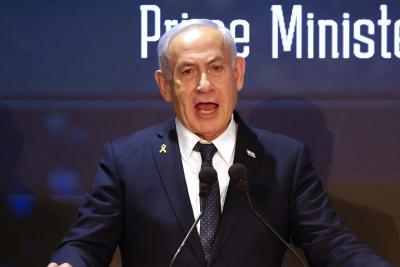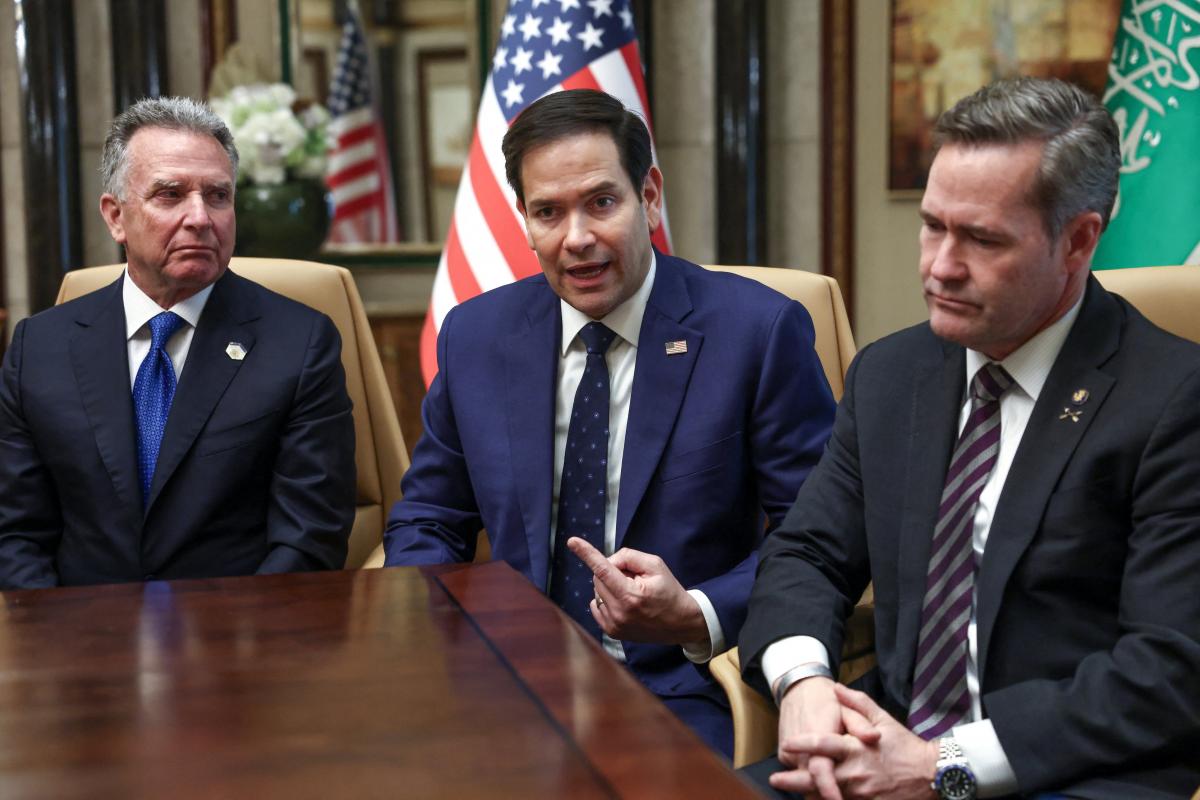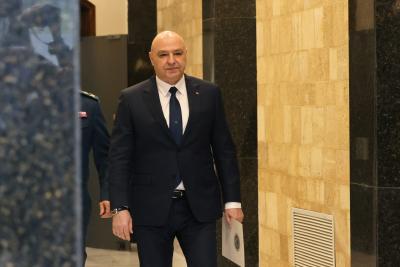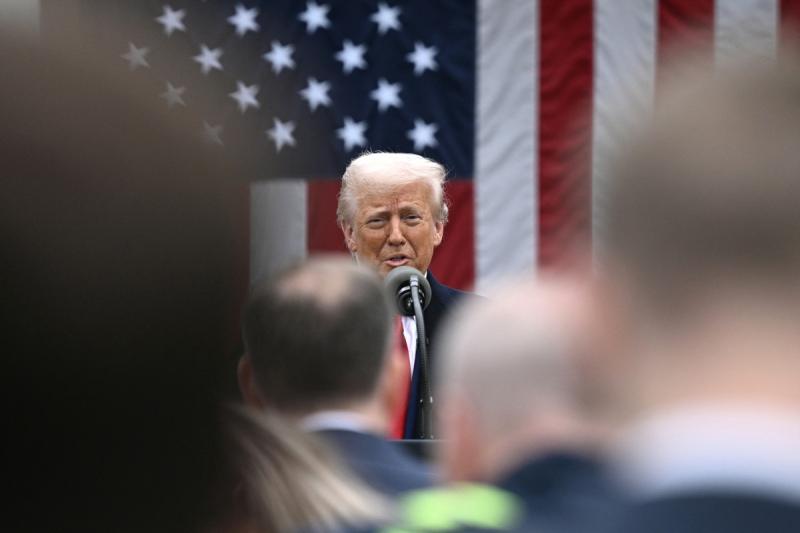U.S. President Donald Trump has initiated a diplomatic effort to negotiate an end to the ongoing war in Ukraine, sending Secretary of State Marco Rubio and other officials to engage with Russian counterparts. However, Ukraine has not been invited to these discussions, raising concerns about the legitimacy and effectiveness of any potential agreements. Trump has controversially blamed Ukraine for the conflict's escalation, which Ukrainian President Volodymyr Zelensky has vehemently rejected, asserting that any decisions regarding Ukraine must include its participation.
Trump's Bilateralism, Risks
Trump's inclination towards bilateral negotiations with Russia reflects a belief that direct talks could yield swift results. His administration has signaled to NATO allies that they should take the lead on regional issues, indicating a shift in U.S. priorities towards domestic concerns and competition with China. European leaders have expressed readiness to bolster defense spending, with France and Britain even proposing a joint force of 30,000 troops to support Ukraine if an agreement is reached.
This approach, however, poses significant risks. Trump's envoy to Ukraine, Keith Kellog, suggested that excluding European nations from negotiations could simplify discussions but overlooks their vital role in supporting Ukraine through military aid and sanctions against Russia. A sustainable agreement is unlikely without European involvement, as their commitment is crucial for regional stability and respect for sovereignty.
While Trump's team initially indicated Europe would be sidelined from negotiations, Rubio later affirmed that both Ukraine and Europe would be included in "real" negotiations when they occur. This inconsistency highlights potential divisions within the Trump administration regarding the best strategy for addressing the conflict.
Reaching Permanent Agreement?
Should Trump and Putin reach an agreement, it may favor Russia while sparing it from accountability for its actions in Ukraine. Any deal would likely reflect Russia's military leverage and its willingness to escalate hostilities. European leaders fear that Trump might prioritize a rapid resolution that compromises long-term interests for both Europe and Ukraine.
Domestic pressure in the U.S. also complicates Trump's negotiating position. A significant portion of American public opinion and many Congressional members support Ukraine, which may restrict his ability to make concessions perceived as rewarding Russian aggression.
Potential Outcomes and Scenarios
Several scenarios could emerge from U.S.-Russia talks:
- Comprehensive Agreement: A "big deal" addressing broader strategic issues alongside the conflict in Ukraine, requiring concessions from both sides.
- Limited Agreement: An accord on a ceasefire and a framework for resolving eastern Ukraine's conflict while leaving Crimea's status unresolved.
- Negotiation Collapse: Talks could fail due to disagreements over key issues such as territorial integrity and security guarantees, potentially escalating the conflict.
- Status Quo Maintenance: An agreement to maintain current territorial lines, which would be detrimental to Ukraine but might prevent further escalation.
Russia's insistence on excluding third parties from discussions complicates the situation further. The Kremlin warns that any resolution will take time and emphasizes its unwillingness to accept external influence in negotiations.
Given the urgency of the situation, both Ukraine and Russia face constraints on their options. Ukraine risks severe consequences if U.S. support wanes, while Russia grapples with economic and military exhaustion from prolonged conflict. Trump's pursuit of a resolution is not only crucial for Ukraine but also serves as an initial step towards addressing broader geopolitical challenges, particularly regarding China.
While diplomatic efforts are underway to resolve the conflict in Ukraine, significant challenges remain regarding representation, accountability, and the balance of power in negotiations.
 French
French














